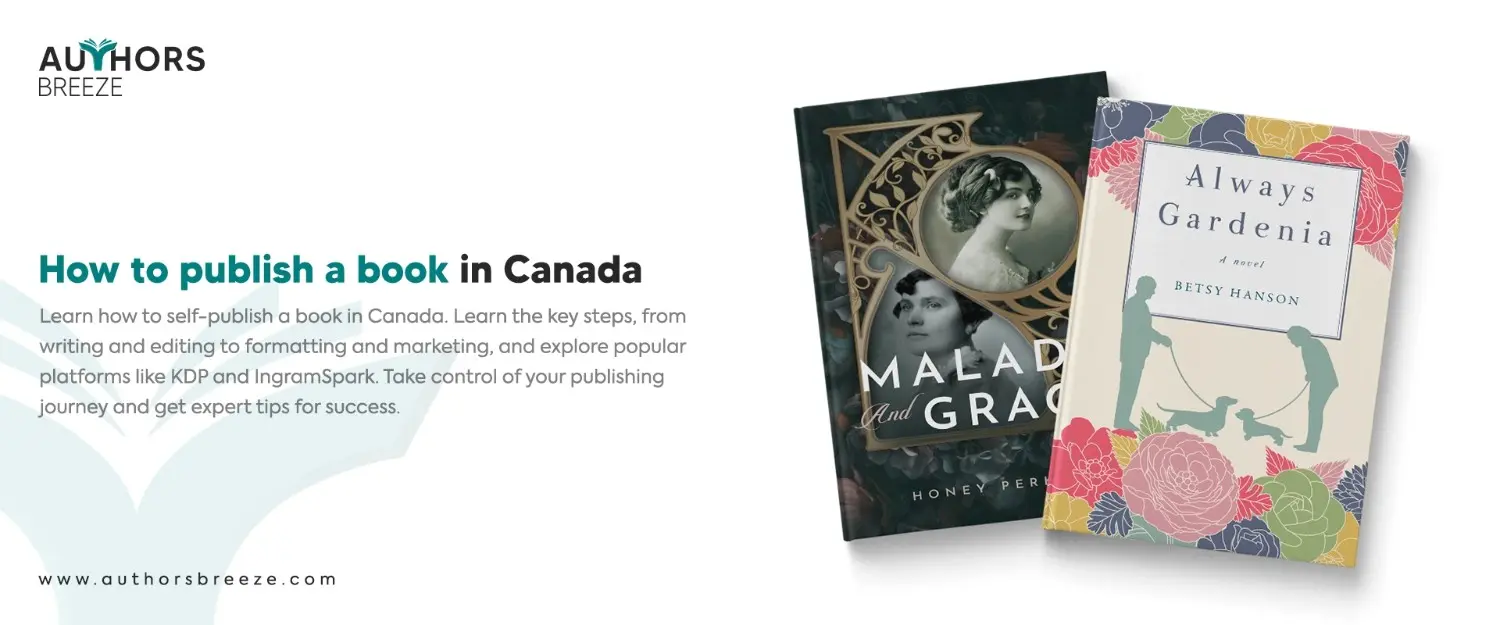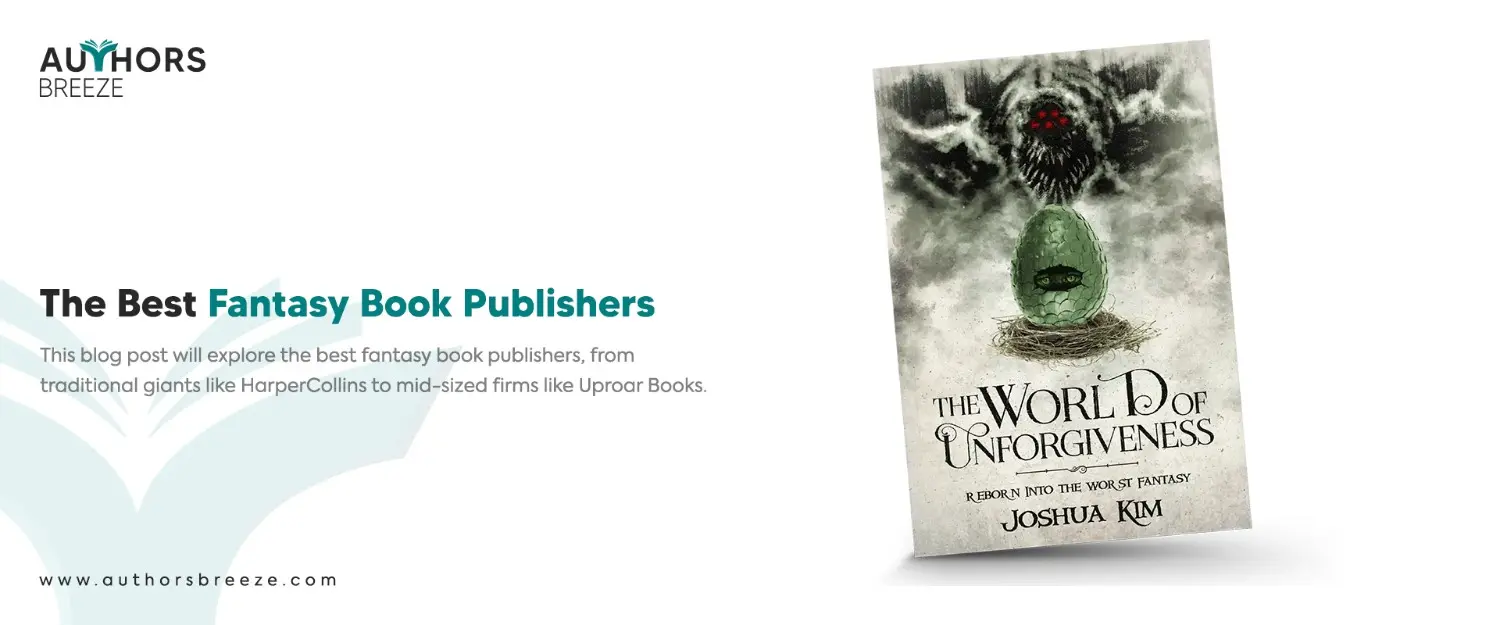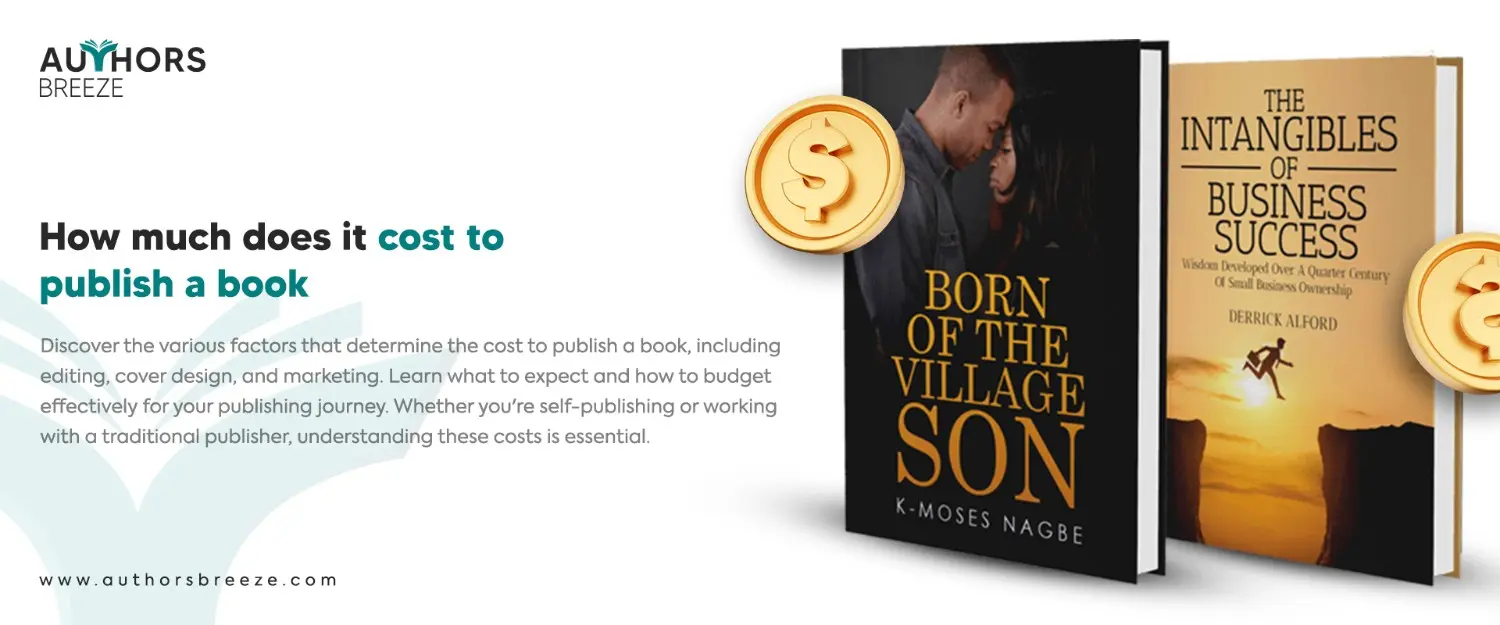Don’t Have Time To Read? Listen To How to Publish a Book Instead!
Key Takeaways: How to Publish a Book in Canada?
Canada’s Book Industry: Canada publishes over 10,000 books annually, making it a great place to publish a book.
Reasons to Choose Self-Publishing
- You can avoid compromises with publishers.
- It is a faster process.
- You get a higher royalty percentage.
- You have the flexibility to adjust to market trends.
- You can get direct feedback from readers.
How Can You Publish A Book in Canada?
- Write your book.
- Employ beta readers to improve your manuscript.
- Edit and proofread the book to ensure its quality.
- Format and typeset your manuscript to make it ready for publication and printing.
- Design your book cover to attract readers.
- Publish your book using any platform, such as KDP or KOBO.
- Last but not least, market your book to reach as many readers as possible.
Get Expert Publishing Guidance
Don’t let your low budget hold you back. We offer affordable self-publishing solutions to help you reach readers worldwide.
Introduction
Canada is one of the largest countries in the world. It has a well-established book-writing industry. Let us tell you a shocking statistic. In Canada, more than 10,000 books are published each year. Surprising, isn’t it? So, it shows that if you plan to publish a book in Canada, you’re on the right path. But wait, how will you publish your book in Canada? Typically, there are two routes for publishing a book:
1. Self-Publishing
and
2. Traditional Publishing
In this blog post, we will guide you through self-publishing. In addition, we will explain why you might want to choose this route. So, keep reading.
Self-Publishing vs Traditional Publishing
Self-publishing is a product of the digital era. It gives authors complete control over the creative process. You can take control of editing, formatting, book cover design, and distribution. It’s often quicker to market and allows you to retain all the rights to your work.
On the other hand, traditional publishing is a classic route. It involves working with a publishing house, where they handle most of the logistics, such as editing, marketing, and distribution. Also, it can be a longer process that involves sharing royalties.
Why You Should Choose Self-Publishing Over Traditional Publishing
Let’s discuss some compelling reasons why you might prefer self-publishing:
- You can avoid potential compromises or changes imposed by traditional publishers.
- Self-publishing eliminates the often lengthy review and approval processes associated with traditional publishing.
- Your book can be available to readers much sooner.
- Self-published authors typically retain a higher percentage of royalties compared to traditional publishing.
- You can reach readers who are passionate about your particular subject matter.
- Self-publishing offers more flexibility to adapt to changing market trends or reader preferences.
- You can gather feedback from readers and make improvements for future projects.
- You can establish your own brand and create a personal following.
How to Self-Publish a Book in Canada?
Self-publishing is a great way if you want to get your book out into the world without relying on traditional publishing houses. In Canada, the process involves a few essential steps. Here’s a guide to help you through the process:
1. Write Your Book
Firstly, you have to start writing a book. It does not matter if you’re working on fiction, non-fiction, or a collection of poems; the writing phase is crucial. You can divide writing into three parts.
- Outline: You should start with a clear outline to structure your story.
- Draft: Write the first draft. Indeed, you should focus on getting the ideas down.
- Revise: You should go through multiple revisions. As a result, it will improve the plot, character development, and language.
2. Get Your Book Beta Read
It is imperative to enlist the help of beta readers. Beta readers read your manuscript before it’s published to provide feedback. So they can help you identify plot holes and character inconsistencies. Their insights are invaluable. They can make your book the best it can be.
3. Self-Edit and Proofreading
Received feedback from your beta readers? Now, go through the manuscript yourself to self-edit. You should check for pacing, clarity, grammar, and punctuation issues. Remember to keep spending time on editing. It will automatically improve your writing skills. However, if you don’t have the time or talent, you can hire a professional proofreader to ensure your book is error-free in later stages.
Polish Your Book, Perfect Your Prose
Our affordable editing services ensure your book is free from errors and shines with clarity. Let us help you create a masterpiece.
4. Format Your Manuscript
Your manuscript needs to be formatted professionally for both print and digital versions. You can do formatting to set margins, line spacing, font choice, and chapter headings. Consider using software such as Scrivener or Vellum to format a book. In addition, it will ease the process. The manuscript should look perfect, as it will directly influence the reading experience.
5. Typeset Your Book
If you publish a physical book, typesetting is where you prepare your manuscript for printing. This includes placing text, ensuring proper margins, and choosing appropriate fonts and styles. Typesetting can be complex, so you may want to hire a professional or use software designed for book formatting.
6. Book Cover Design
Your book cover design is the first thing potential readers will see. So It is your strong chance to make an excellent first impression. You can design it yourself using tools such as Canvas or Adobe Spark. On the other hand, you can hire a professional designer. You can ensure the cover aligns with your genre. It should attract the reader as well.
Get Your Book Cover Designed Now
Do not forget your cover is your chance to impress readers. Let our skilled designers create a cover that is both visually appealing and affordable.
7. Publish Your Book
It is time to self-publish your book. There are several platforms available for self-publishing in Canada. The following are a few popular options:
- Kindle Direct Publishing (KDP)
- Kobo
- Draft2Digital
- IngramSpark
| Platform | Pros | Cons | Pricing |
| Kindle Direct Publishing (KDP) | Global reach, supports ebook and print formats, easy to use | Limited control over distribution, potential competition | Free |
| Rakuten Kobo’s Writing Life | Canadian-based, global distribution, Kobo ebook store | Limited platform integration, potential for lower visibility | Free |
| Draft2Digital | Easy ebook publishing, wide distribution | Limited print book options, potential for lower royalties | Free |
| IngramSpark | Global distribution for both print and ebooks, vast distribution network | Higher fees for print books, less control over pricing | Varies based on services and print options |
8. Market Your Book
- You should start with the author’s website. Create a stunning author website design with a user-friendly interface. Also, please insert all the details of the book. It would be best if you create a video trailer of the book and a blog related to the book.
- It is vital to connect with your audience through social media accounts. You can engage them with different activities such as QNA sessions, book club discussions, and giveaways.
- You must plan a launch event, either virtual or in person. It will also help you to build excitement around your book’s release.
- If you have a budget, you can invest in paid advertising on platforms like Amazon, Facebook, and Instagram. Through paid marketing, you can reach a wider audience.
It may seem like a simple process, but that is not the reality. It is more complex than it appears. We hope you can achieve your goals by following our steps. However, if you’re still uncertain about the process, you can seek help from Authors Breeze. We specialize in making self-publishing easier in Canada and worldwide.
Conclusion
Self-publishing offers an excellent chance for authors in Canada to take control of their book-writing process. You can handle the writing and design yourself. You can successfully publish your book and reach a broad audience. Despite the challenges, platforms such as KDP and IngramSpark make self-publishing accessible. If you feel unsure or need assistance, Authors Breeze is here to help you.
Frequently Asked Questions
How do first-time authors get published?
There are two main ways for first-time authors to get published:
- Traditional publishing
- Self-publishing
Can you self-publish a book in Canada?
Yes, you can self-publish a book in Canada.
How much does it cost to publish a book in Canada?
The Cost of publishing a book in Canada varies. It depends on several factors, such as :
• Self-publishing is usually the cheapest, costing between $0 and $2,000.
• Traditional publishing is more expensive, ranging from $500 to $4,000.
• Hybrid publishing costs vary a lot based on things Such as
What services are you looking for?
How complicated is the book?
The publisher's reputation.
Authors can expect to spend between $5,000 and $15,000 on average for hybrid publishing services.
Bestselling Books, Crafted by Experts
Our skilled ghostwriters craft compelling narratives tailored to your vision. We ensure your book stands out.







